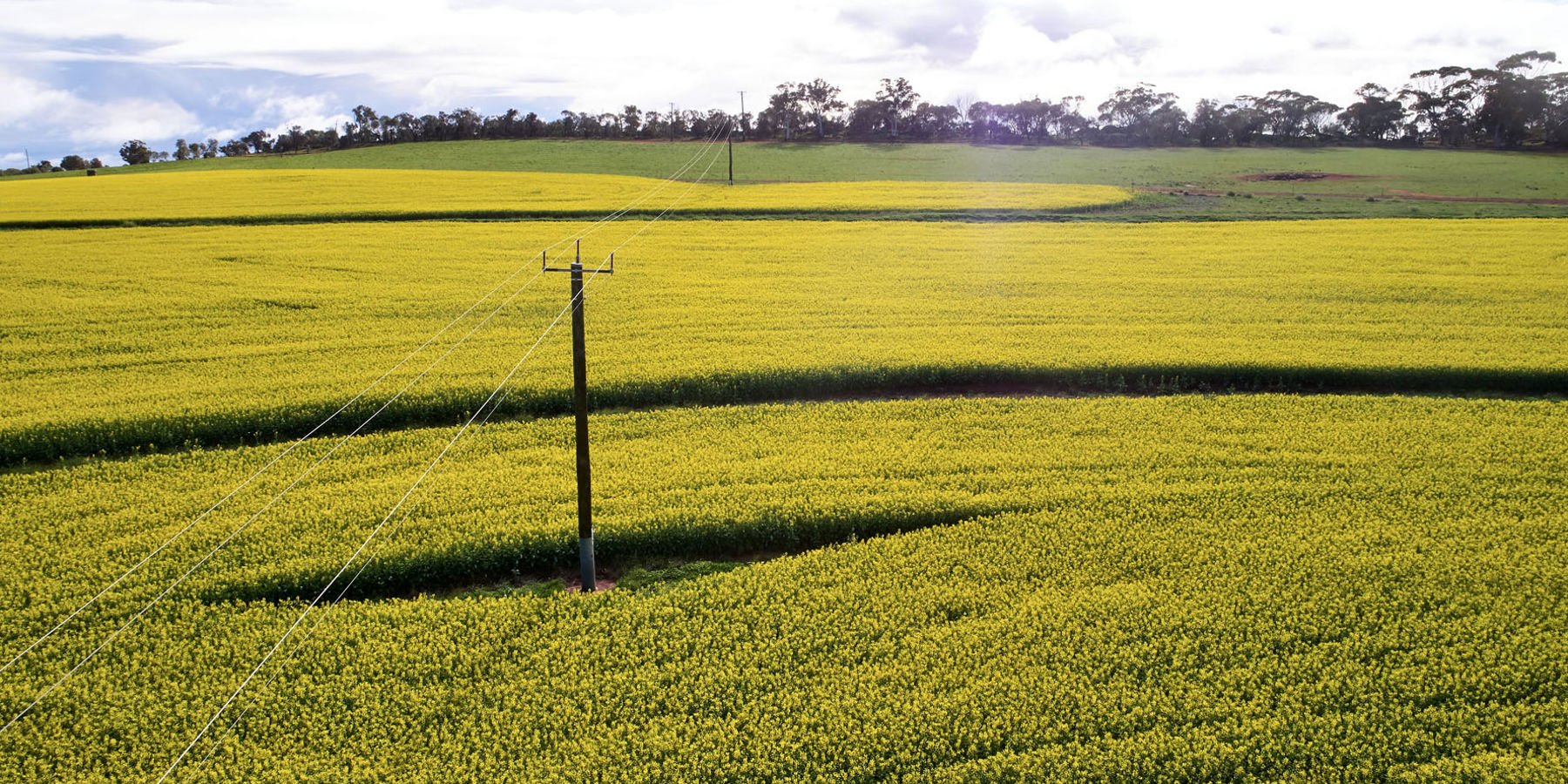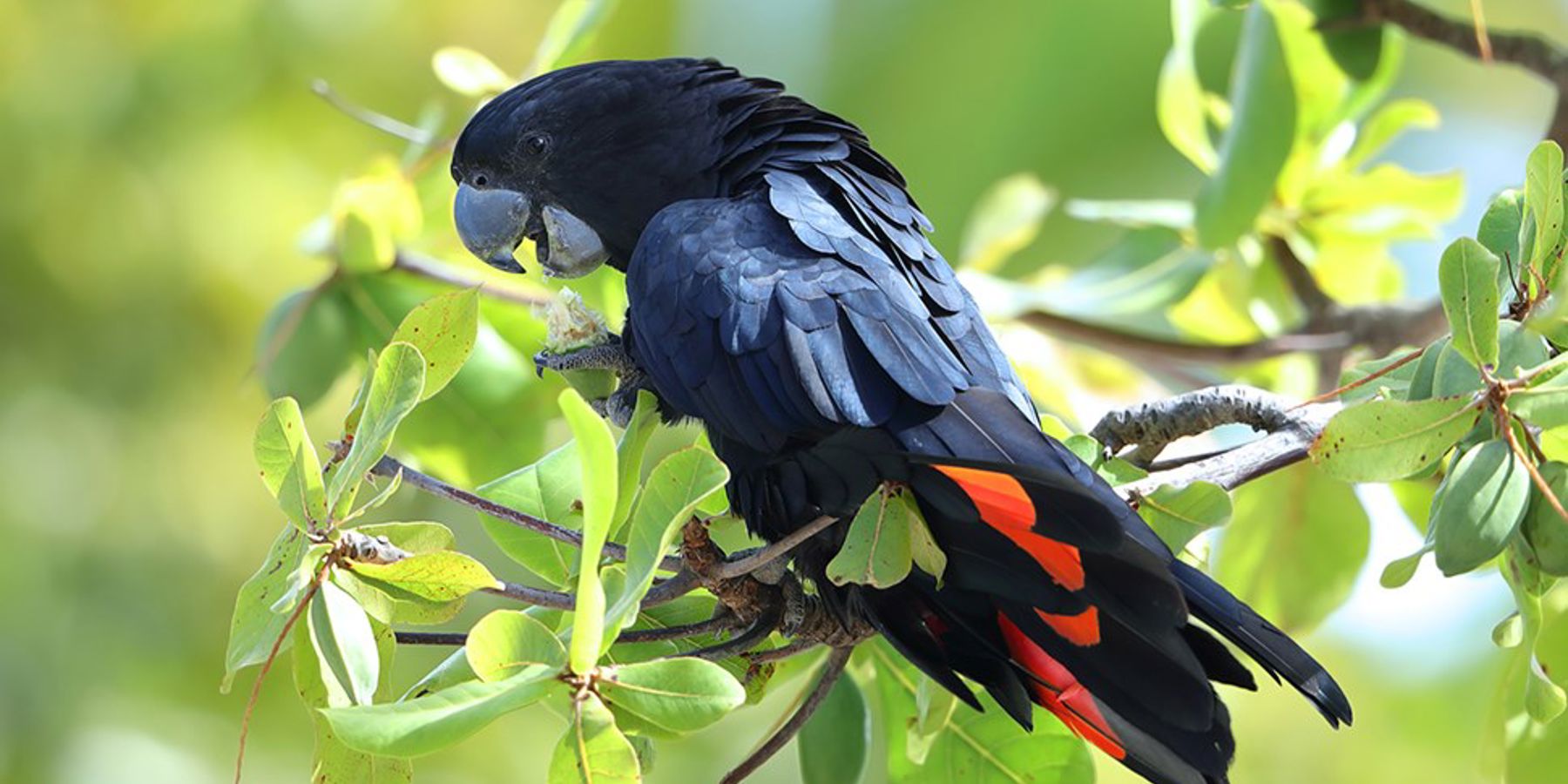
Protecting WA's native flora and fauna
Wherever and whenever possible we work to ensure we are protecting WA’s native flora and fauna across the SWIS.
From minimising the chance of spreading damaging diseases like dieback (see our WA-first internal Green Card certification program) to protecting existing wildlife or re-locating when essential, protecting WA's unique landscapes within and during the operation of the south- west electricity network is vitally important.
We are committed to protecting and enhancing the environment, heritage and social values across the SWIS and this includes undertaking rigorous environmental impact assessments.
One of the ways we are working to minimise our impact on the environment is through informing our assessments through biological surveying to identify flora and fauna values.

How flora and fauna are considered
We proactively work across our operations to minimise any potential negative impacts on natural habitat, particularly that of threatened or endangered species.
When a potential project is identified, Western Power’s Environmental, Safety and Planning Assessment Team undertake preliminary desktop assessments for any environment, heritage and planning values associated with the program of works.
The early assessment assists the project team to narrow down options by identifying areas with high environmental values to enable design changes to avoid key locations and reduce environmental impact where possible.
Once preliminary investigations are complete, the team engages environmental consultants to undertake flora, fauna and vegetation surveys.
Flora and fauna surveys
The preliminary investigations identify areas to survey that potentially contain significant flora and ecological communities and fauna habitat of significance. Flora and fauna surveying is the process of collecting data about the variety of naturally occurring native plant life and all living organisms, including diversity within species, between species, and of ecosystems.
They play an important role in identifying areas of high environmental values and rich biodiversity to provide and ensure guidance for environmental management planning and/or environmental impact assessments and approvals for significant development projects.
Usually zoologists or biologists, these experts collaborate with us to move through the area, looking for signs of significant fauna or flora species and threatened ecological communities, and map areas based on their ecological significance (e.g. whether they are cleared and degraded and likely to attract non-native or feral/pest species, or contain high-quality vegetation with suitable habitat for native species).
In Western Australia, in accordance with the States EPA technical guidance, there are three main types of survey, these are:
- Reconnaissance or Basic survey: Low intensity survey that gathers broad information about the area being surveyed. Often used to identify future detailed or targeted survey locations or when flora, vegetation and fauna values are already well known, or if the area is degraded.
- Targeted survey: Gathers comprehensive information about the presence, size and extent of significant flora, vegetation and fauna populations.
- Detailed survey: Used to gather condition, location and extent of habitats and when the area supports a high diversity (not just threatened species) of flora, vegetation and fauna.
Timing is key, surveys should be undertaken during seasons of maximum fauna activity and techniques should be selected to maximise the likelihood that the survey will detect most of the species that occur.
Flora surveys generally take place in spring to identify notable plants and habitats more easily in their growth phase. Fauna surveys can occur into the summer months to provide the greatest possible chance of locating key species like the Forest Red-tailed Black Cockatoo, Baudin’s Cockatoo and Carnaby’s Cockatoo, and any potential nesting trees while the species are most active.
The experts also look out for high-quality foraging habitat, breeding trees and hollows suitable to support key fauna species.
FAQs
If a survey finds evidence of conservation significant fauna species or threatened ecological communities, Western Power has an obligation under the State’s Biodiversity Conservation Act 2016 and the Commonwealth’s Environment Protection and Biodiversity Act 1999 to report the occurrences to the Department of Biodiversity, Conservations and Attractions and the Department of Climate Change, Energy, the Environment and Water, respectively.
Western Power has a dedicated land access team and if access to your property is required, we will give you prior notice and information about any potential activity, such as fauna surveys or site investigations. You’ll receive a letter with the details of the work we’re doing and the planned start and finish time.
While Western Power has statutory land entry powers prescribed under the Energy Operators (Powers) Act 1979 (WA), we will always adhere to any property entry requirements, where practicable.
Survey results will help with project planning for any new infrastructure. Western Power is always focused on minimising impacts on communities and these early surveys provide important information about the area and any environmental sensitivities.
In many circumstances, multiple surveys in different areas are done to identify the best possible outcomes for the community and the environment.
If a survey is taking place on or adjacent to your land, we will communicate and work with you throughout the process to keep you informed, including working around key operational periods and seasons wherever practical when accessing properties.
Contact us for more information about surveys taking place in your area.
Greening our operations
At Western Power, we’re a proud and talented bunch of people all working towards creating a sustainable energy future for WA.
Find out more